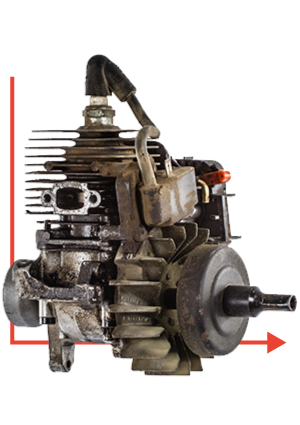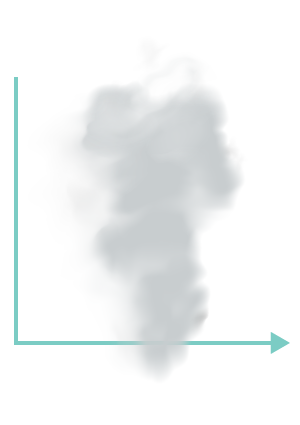Corn acreage, which has expanded by over 40 percent in response to ethanol demands, requires extensive fertilization, adding to nitrogen and phosphorus that run off into lakes and streams and eventually enter the Mississippi River watershed. This is aggravated by systems of subterranean tiles and drains — 98% of Iowa’s arable fields are tiled — that accelerate field drainage into ditches and local watersheds. As a result, loadings of nitrogen and phosphorus into the Mississippi and the Gulf of Mexico encourage algae growth, starving water bodies of oxygen needed by aquatic life and enlarging the hypoxic “dead zone” in the gulf.
Source: Yale e360



